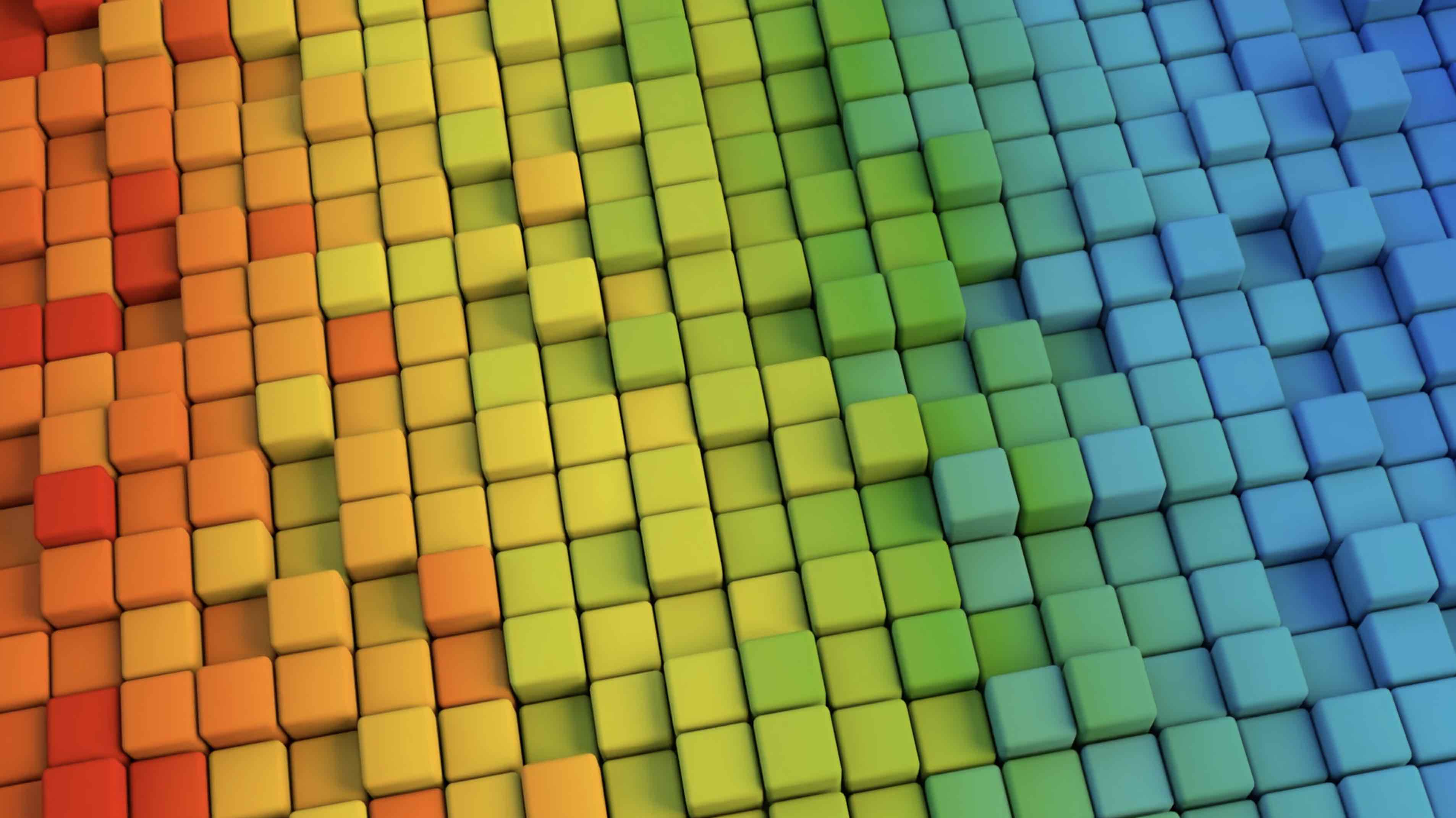Afternoon Sessions
Short Courses, Activities and ToursIMPORTANT: You must register for Afternoon Sessions, reserve a dorm and register for the conference AT THE SAME TIME.
Please review all of the Afternoon Sessions on offer and be ready to sign up when you register for the conference!
Monday | (CANCELLED)Intro to the World of the RAL DESIGN System (CANCELLED) |
Monday | The Eye Opener Series: An Intro to the Color Literacy Project - Maggie Maggio and Robin Kingsburgh *The Colour Literacy Project is a joint effort of the Inter-Society Color Council of the United States (ISCC) and the International Color Association (AIC). |
Monday | Measuring, Modeling and Rendering Surface Appearance - James Ferwerda |
Monday | Techniques for Creating Colorful, Decipherable Images for Color-blind and Sight-impaired Persons - Bill Fischer |
Monday | Guided Tour of the RIT Glass Laboratory (CLOSED FULL) |
Monday | Beyond the Pale (Ale) and Behind the Blush (Wine): The Colors of Potent Potables - Mark Fairchild and Stephen Viggiano |
Monday | Fifty Shades of Feeling - Ellen Divers and Domicele Jonauskaite |
Monday | Beyond RGB: Low-Barrier-to-Entry Multispectral Imaging for Color-Accurate Art Documentation and Reproduction - Leah Humenuck |
Monday | There’s No Such Thing as Color Space…Prove Me Wrong - Mark D. Fairchild |
All Day | Independent walking tours of the RIT Galleries and Installations. More information HERE. |
Tuesday | LED Lighting: The Intersection of Color Science and Design - Michael J. Murdoch and Kimberly R. Mercier |
Tuesday | The Natural Colour System: A Toolbox for Colour Designers - Anders Nilsson |
Tuesday | Fundamentals of Psychophysics - James Ferwerda |
Tuesday | Connecting with Color - Jason Bemis |
Tuesday | Guided Tour of the Vignelli Center for Design Studies |
Tuesday | Color Explorer Room - Maggie Maggio and Robin Kingsburgh |
Tuesday | Guided Tour of the Vignelli Center for Design Studies |
Tuesday | Turning the Kaleidoscope: Two perspectives on the meaning of color - Ellen Divers |
Tuesday | Alphabet Soup of Color Notation - Robin Myers and Robert Buckley |
All Day | Independent walking tours of the RIT Galleries and Installations. More information HERE. |
Wednesday | Expanded Color Gamut Printing - Abhay Sharma |
Wednesday | Color For Everyone - Jean Hoskin, Ann Laidlaw and Jodi Baker |
Wednesday | Selection of Pigments for Color Applications - Romesh Kumar It is very important to understand the limitations for proper selection of organic pigments for a given application. In this presentation, discussion will focus on basic chemistry, physical and chemical properties, and a comprehensive guide to selection of pigments for your coloration needs. |
Wednesday | Digital Color Management: From Basics to ACES - Edward J. Giorgianni |
Wednesday | Light Bathing - Michael J. Murdoch
|
Wednesday | Guided Tour of the RIT Glass Laboratory(CLOSED FULL) |
Wednesday | Guided Tour of the Labs at the Center for Imaging Science |
Wednesday | Guided Tour of the Labs at the Center for Imaging Science |
Wednesday | The Power of Red - John Seymour |
Wednesday | (CANCELLED) LOVE CANAL AUGMENTED Site : Nonsite (Where Did the Love Go?) - Amanda Long |
All Day | Independent walking tours of the RIT Galleries and Installations. More information HERE. |
Thursday | Color Literacy Project Forum Join us for Colour Literacy Forum #5: Color & the Perceiver. This event will take place as a hybrid gathering –– in person at Color Impact 2023 and also online via Zoom. Color is a perceptual experience, and each perceiver has a unique point of view. In this forum, our speakers will investigate the relationship between color vision and visual literacy, which can be described as our ability to navigate through the world using information provided by our visual system, our memories, and other sensory input. Be part of the forum to learn how color perception works, and why designers from all industries need to be aware of variations in color vision among the population –– to realize the real-world applications that can enhance our well-being and ensure access to resources for everyone. Speakers: Dr. Ming Ronnier Luo and Dr. Maria Olkkonen. Abstracts and bios are available here. |
Thursday | Munsell Color Science Laboratory Open House |
Thursday | Tour of the MAGIC Center (CLOSED FULL) |
Thursday | Tour of the MAGIC Center |
IMPORTANT: You must register for Afternoon Sessions, reserve a dorm and register for the conference AT THE SAME TIME.
Once you have registered for the conference, you will NOT be able to go back
and register for Afternoon Sessions or dormitory accommodations later.
REGISTRATION CLOSED
|
|
|
The Inter-Society Color Council advances the knowledge of color as it relates to art, science, industry and design.
Each of these fields enriches the others, furthering the general objective of color education.
Subscribe to our mailing listReceive our quarterly newsletter on the art and science of color, group events, and more. |
|





